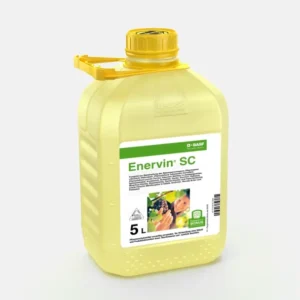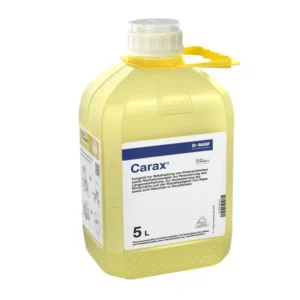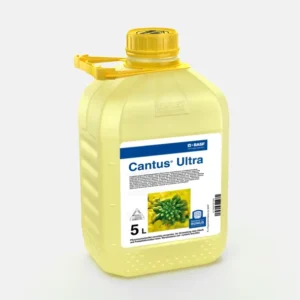Architect®
Description
Advantages
- Optimal disease protection
- Improved hardiness and tolerance to weather stress
- Highest nutrient efficiency through improved root growth
- Optimal growth for more yield
Product Profile
| Indications | Root neck and stem rot (Phoma lingam), Cylindrosporium white spot, Alternaria species, Standing ability and winter hardiness in autumn, Standing ability in spring |
| Active | 25 g/l Prohexadion, 150 g/l Mepiquat, 100 g/l F °500 |
| Indications Formulation | Suspension Emulsion (SE) |
| Mode of Action | Systemic, translaminar, protective, curative |
| Application Rate | Autumn: 1.6 l/ha Architect® + Turbo Spring: 1.2 l/ha Architect® + Turbo Architect® + Turbo in a 2:1 ratio |
| Water Application Rate | In 100 – 400 l/ha water |
| Package Sizes | 10 liters Architect® + 5 kilograms Turbo |
| Application Timing | Spraying from BBCH 13 to BBCH 59 (20–13 and 59–21) 2 applications per year and crop |
Compatibility
Architect® is well tolerated in the recommended application rate in the approved
crops.
General information
| Name | Architect® |
| Formulation | Suspoemulsion (SE) |
| Active substances | 100 g/l F 500® (pyraclostrobin), 150 g/l mepiquat chloride, 25 g/l prohexadione calcium |
Miscibility
Architect® is miscible with common fungicides and insecticides. Mixtures with foliar fertilisers (brand quality) are usually possible. Due to the large number of foliar fertiliser products, no liability can be assumed with regard to compatibility and miscibility. In tank mixtures, the areas of application and application regulations for the mixing partner determined and approved by the approval authority must be observed.
Mode of action
The active ingredient F 500 (pyraclostrobin) is a fungicidal active ingredient from the group of strobilurins, which is absorbed by the treated plant parts and shows local systemic and translaminar activity. This means that fungal stages that have established themselves in deeper tissue layers can also be detected. In addition, the active ingredient is bound to the wax layer of the plant and forms depots there.®
Prohexadione calcium blocks the biosynthesis of gibberellins at various points quickly and persistently. Prohexadione calcium is absorbed via the leaves and shoot axis of the plants and is mainly displaced acropetally in the plant.
With many fungicides, there is generally a risk of the occurrence of drug- resistant fungal strains. Therefore, under particularly unfavourable conditions, a change in the effectiveness of the remedy cannot be ruled out. The application rate recommended by BASF must be observed.







Reviews
There are no reviews yet.